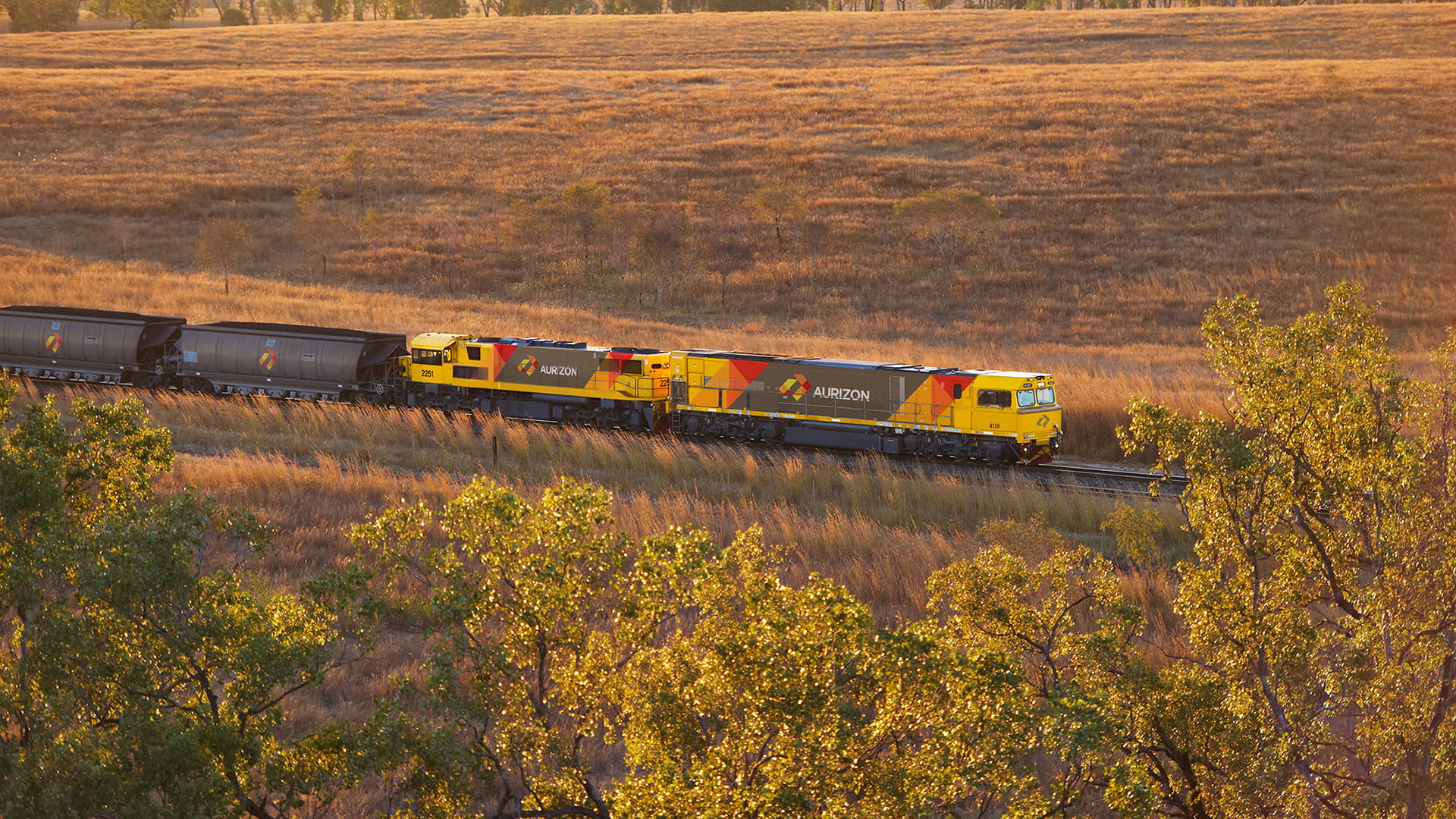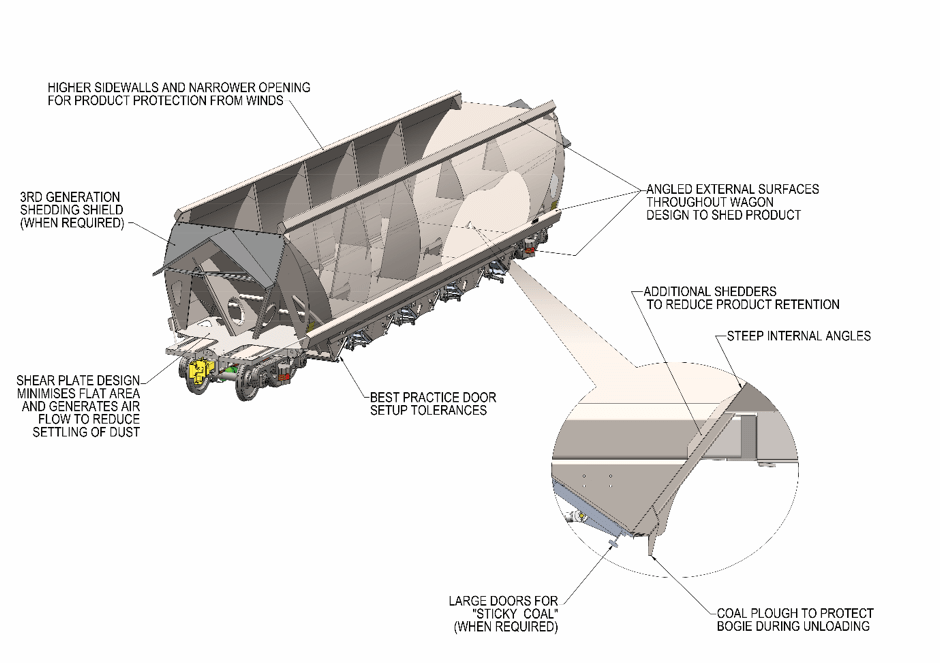
Coal dust management
Our work with supply chain partners has cut coal dust by up to 85%* through veneering, improved loading, and advanced monitoring systems.
We actively assess and implement dust management practices tailored to each rail system where we operate.
In Queensland, we have led the development of two Coal Dust Management Plans for Queensland Rail's South West System and Aurizon's Central Queensland Coal Network. These plans, supported by scientific evidence, thoroughly analyse coal dust impacts and identify leading practices for managing and reducing these impacts.
In the Hunter Valley, we continue to work with coal supply chain partners through the Hunter Rail Corridor Users and Operators Group to find more opportunities to reduce coal dust. We also represent the industry on the Lower Hunter Reference Group (LHR Group).
Our improvements are based on scientific studies, including a wind tunnel testing report on Hunter Valley coal types. Interim data from the LHR Group shows coal dust levels well below the NSW EPA's acceptable level of deposited dust.
For more information, download the coal dust fact sheet and watch the coal dust management video.
*Source - Connell Hatch Final Report, Evaluation of fugitive dust emissions from coal trains

Case study – coal wagon design
We have improved coal wagon design to reduce coal loss during loading, unloading, and transit.
We have also introduced design features that reduce coal hang up on wagons, ensuring efficient coal shedding from the wagon at the loading and unloading points.
We will continue to invest in ongoing research and development of innovative design solutions for coal wagons to minimise coal loss in transit.
Get in touch
If you have an enquiry, please contact us and we will respond as soon as possible.
